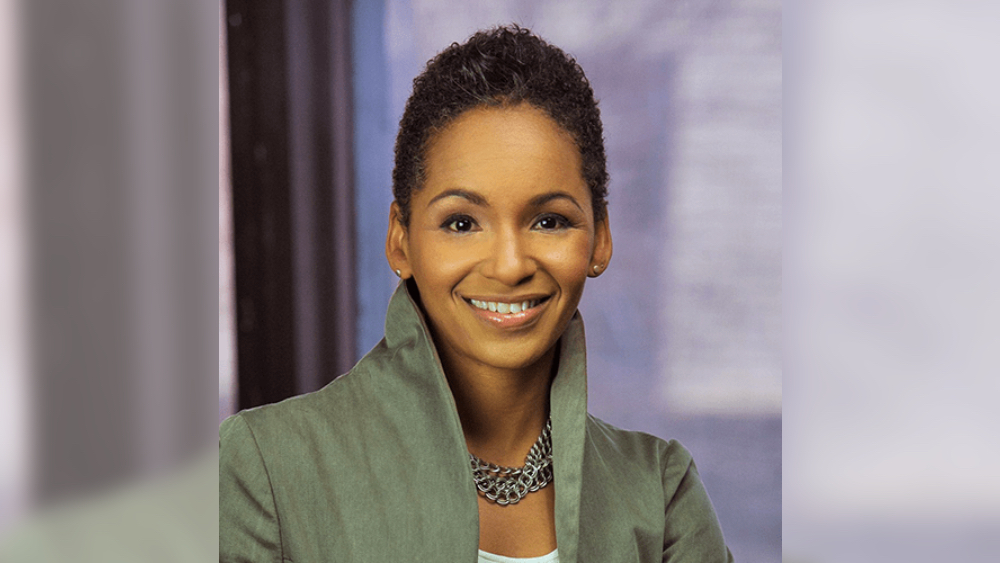If you’re interested in sharing your opinion on any cultural, political or personal topic, create an account here and check out our how-to post to learn more.
____
As we reflect on Women's History Month, we celebrate the fact that women of color are more influential now than we’ve ever been. The United States House of Representatives is the most diverse in history, Black women are now the most educated group in the United States, firms owned by women of color experienced growth three times as large as women-owned businesses generally and minority women control twice as many businesses as we did roughly 20 years ago.
And as our influence grows in these ways, we remain highly engaged in philanthropy, having been taught from a young age that giving back — especially to friends and neighbors — is essential to being a strong member of our various communities. When minority households give financially, we give at the same rate as other households, and we take it a step further through informal giving: giving money, food and shelter to those in our community. If you truly want to build a sustainable movement of giving back, you should follow the lead of women of color.
But despite these valuable and sustained philanthropic contributions, our approach to giving back is not always fully appreciated by non-profits. Philanthropies do not deeply engage with women of color the way they typically do with our white counterparts. That’s a problem, especially given that we know the way women of color give back is more sustainable and directly linked to creating intergenerational connections to causes.
First, it’s important to understand why women of color give back in the ways that we do. Generally speaking, women have what’s called a double-wide communication gap in their emotional relationship with money — we tend to lack a trusted relationship with a financial advisor, or even a financial institution. Women often are not seen as a target market by financial institutions as men are, and because of this, we tend to not develop strong, trusted relationships with these organizations. This is especially the case for women of color, who are rarely seen as a target market.
The same biases may exist in non-profit organizations, where fundraisers may not necessarily see women of color as their “target market.” According to research from the Women’s Philanthropy Institute, minority donors are less likely to be approached by fundraisers, and that’s to their detriment. A quarter of African-Americans say they would donate to more organizations if they were approached, but they simply aren’t in the same way their white peers are. This ends up hurting the relationship between philanthropies and minority donors, and frankly, leaves money on the table. This research also shows us that there is a lack of diversity in philanthropic leadership, which could lead to non-profits failing to appreciate the ways in which people of color engage.
Second, women of color learn from an early age that giving back begins at home. Informal giving is embedded into the character of a young woman of color. The concept of a “care network” illustrates this perfectly. In my research at DyMynd, I’ve found that when women describe who they care for, they typically list between six and eight people on average. Included in this count are usually a woman’s spouse, her children and her parents. When women of color answer the same question, we list between twelve and eighteen people! Included in that count are not just the immediate family, but nieces, neighbors and more. We’re not just looking out for our own kids, helping them stay healthy and get a good education — we’re supporting an entire community. Simply put: giving back is deeply ingrained in the way we think, and the way we live our daily lives.
Instead of leaving women of color behind, nonprofits and philanthropies should follow our lead to create intergenerational, sustainable patterns of giving. We give money, we give time and we give our voices. We give our whole selves to the causes and communities we care about — it’s a “whole person investment.” Our relationships with these causes run deep. Diverse philanthropists lead with an expansive approach that includes and goes far beyond monetary gifts. Informal volunteering and using one's voice and testimony, for example, are key parts of the ways women of color give back. This holistic approach to philanthropy is both a necessary and a sustainable model for future giving. In fact, millennials and members of Generation Z are already thinking this way. For them, giving back isn’t just about donating, or volunteering time, or spending money at responsible companies — it’s about the intersection of all these acts.
We all benefit when there are more ideas, more backgrounds, more diverse approaches at the table. Nonprofits and philanthropies must start engaging more women of color, both as donors and as leaders. They should think about a woman of color’s giving patterns as she defines it — they must meet us where we are and engage with us there. Nonprofits should also mentor women of color and improve hiring efforts to bring more diverse voices to the workplace, paving the way for deeper diversity and inclusion efforts in the long run.
Women of color are stronger than ever and paying it forward. It’s time people followed our lead.
____
Dr. Monika Black is a psychologist and chief strategy officer of DyMynd, a financial empowerment firm for women. She is deeply passionate about elevating women and has a knack for helping female leaders to unlock their Emotional Financial Security (EFS) to make a better life, career and leadership decisions from a healthy position of wealth, regardless of net worth. She is a member of the Women’s Philanthropy Institute Council.

